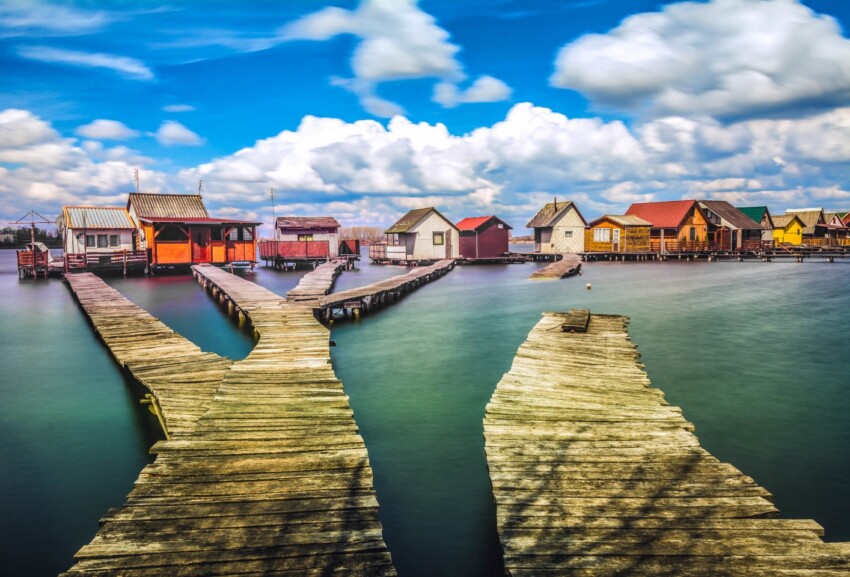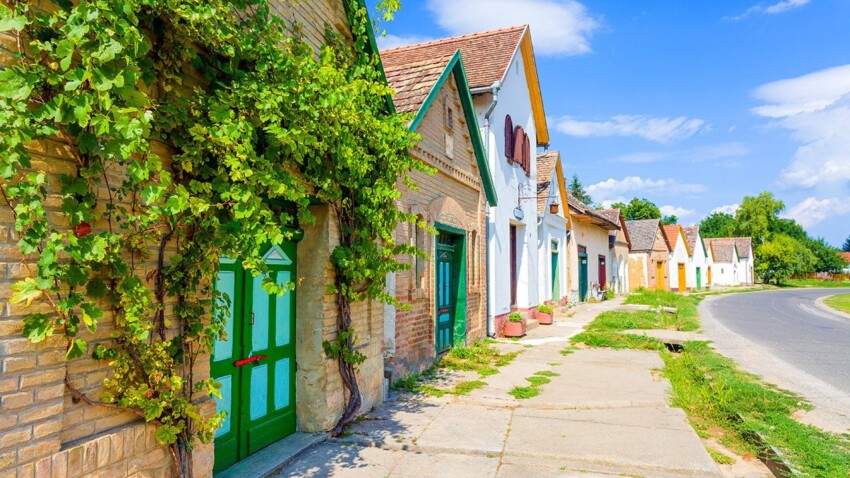

Hungary is a country in Central Europe. It offers many diverse natural landscapes: low mountains in the north-west, a great plain in the east, lakes of all sizes including lake Balaton – the largest lake in Central Europe – as well as a number of small villages and big cities.
After Second World War Hungary became a state of the Soviet Union. During the following years the country managed to achieve only some limited liberalizations; it declared its Independence from Russia in 1989.
Towards the end of the 21st century Hungary shifted from having a social economy to a capitalist economy system. In 2004 it joined the European Union and since 2007 it has been part of the Schengen Area. Today, just like other EU members that used to belong to the Soviet Union, Hungary is quickly becoming one of the most developed countries in the world.
Although Hungary has less than 10 million inhabitants, it has a strong historical and cultural background. The landscape diversity goes hand in hand with the diversity of the regional costumes; each region indeed has its own costumes and traditions.
This strong feeling of cultural identity is more tangible across the villages and the most rural areas of the country; big cities instead have developed a sense of modernization just like any other big city in Western Europe.
Hungary is one of the world’s 15 most visited tourist destinations. It can be easily reached from any country through thousand of traditional and low cost flight connections. Despite being a relatively small country, Hungary has a number of UNESCO World Heritage Sites. Budapest, its beautiful capital city, is one them.

Although the Hungarian landscape may look monotonous because half of its territory is made up of the Great Hungarian Plain, it offers some magnificent sites such as:
Hungary offers a number of nature-based activities to its visitors. It is a great destination for birdwatching, especially in the area of Hortobàgy National Park or Puszta Great Plains.
Balaton lake is one of the country’s most important tourist destinations. Along its shores there are numerous villages representing a great base to explore the area – which becomes extremely popular on summer time.

Thermal tourism is very developed all over Hungary, counting with more than 1000 natural hot springs used as spas and thermal baths. The most popular ones are the Szechenyi baths in Budapest, which where built in 1913 in modern Renaissance style.
There are hundreds of single baths scattered all over the country: Miskolc-Tapolca baths in Miskolc near the Bukk Mountains, as well as the Egerszalók thermal bath complex, and so on.
In Hungary there are numerous remarkable buildings that are worth a visit.

Budapest is by far the most popular attraction of Hungary. It is known for being one of the most popular European cities for young people, especially because of its lively nightlife.
Moreover, Budapest offers a first class historical background, in particular in the old part of the city with its Medieval Castle. Budapest is crossed by the Danube river, which divides the city into two parts: Buda and Pest.
City Card allow you to save on public transport and / or on the entrances to the main tourist attractions.
